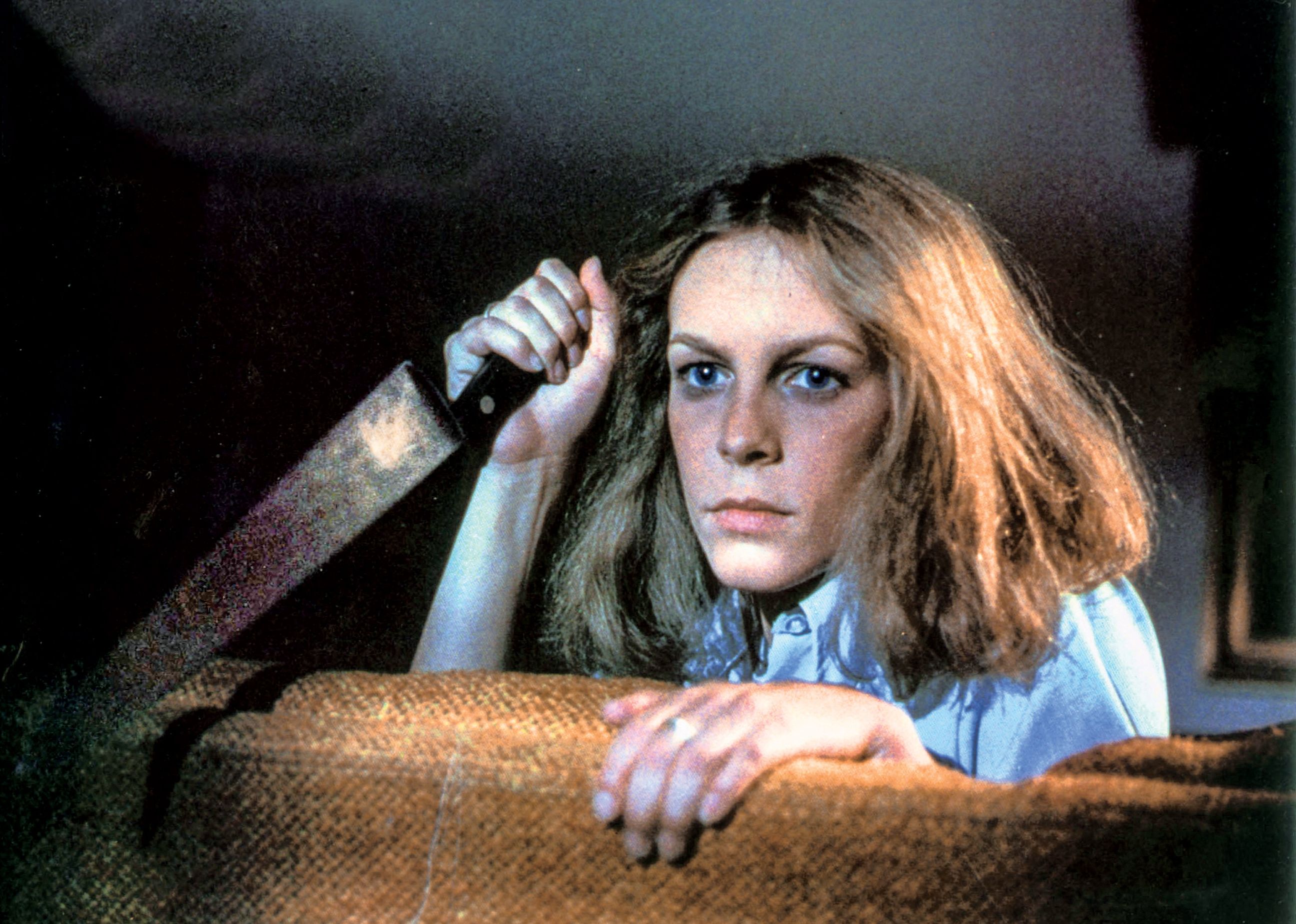The Madonna-Whore Dichotomy
The Madonna-Whore complex is a concept which was first presented by the psychoanalyst Sigmund Freud in the early 1900s. It uses the concept of a Madonna, which is a depiction of the Virgin Mary (often with baby Jesus), as a representative of the nurturing and chaste side of women in order to contrast with the sexually desirable, 'whorish' side of women. Freud proposed that many men viewed woman through this dichotomous lens, feeling only love for women who are saintly and only lust for women who are sexually desirable. Those suffering from a Madonna-whore complex also see these things as mutually exclusive, meaning they do not feel sexual desire for long term romantic partners (Tammi Sue). Freud proposed that all this has to do with fears relating to emasculation and the infamous Oedipus complex, but I think the core of this issue is something a bit different.
The Madonna-Whore dichotomy points to its origins in its own name: religious, historical, and cultural depictions of women. This was pointed out by Gloria Anzaldua in the excerpt we read in class about prominent culturally symbolic women- namely, La Virgen de Guadalupe, La Malinche, and La Llorona. In the case of La Virgen, this virgin-whore split is especially noticeable in looking at the origins of this figure. Although she may appear to simply be a Catholic saint, she has roots in native deities, starting with the powerful fertility and earth goddess Coatlalopeuh (Anzaldua). She was a whole goddess, possessing light and dark elements, until the patriarchal Aztec-Mexica culture essentially replaced her with male deities and split her into multiple 'evil' female deities and one benevolent deity, Tonatsi. The Spanish used Tonantsi as an equivalent to the Catholic Virgin Mary, combining the two in order to more easily convert natives to their religion (Anzaldua). In this process, they removed the 'sex' from the native deity, rebuilding her image as that of a chaste and loving mother, while condemning all other native religious figures as demonic.
"For the Chicana, the tres madres are not simply abstract characters from myth and folklore. They are defining forces in the creation of Chicana/o identity: scenarios performed for and by generations of Chicanas in the course of maintaining the male-determined organization of Chicano culture."
(Costa-Malcom, p. 21)
I propose that all of this division and categorization of female deities has had a marked impact on how real women are perceived, especially by men. They see women as either mothers or whores, and act accordingly to those notions. This means that women who express their sexuality (or who men find sexually appealing) are often treated as though they are undeserving of respect or love, which is were the true issue lies. Women are defined either by the presence or absence of their sexual appeal or activity because this is how female cultural icons are defined. A further example of how this is taught in Chicana/o culture is through the distinction between La Virgen and La Malinche, one perceived as a mother and the other perceived as a whore. More than the history of who La Malinche really was, the legend built around her is the relevant aspect of her as a cultural figure. Her name is used as an insult and her reputation as a traitor to her people is pervasive, though modern feminists are reclaiming her as a native woman who was a victim of colonization. Putting these women into such staunchly separate categories further widens the gap between the two lenses women are viewed through (Andalzua).
The Madonna-whore division is also exemplified through modern American popular media, such as horror movies. There is a common trope in horror movies called the final girl trope. This is the girl that survives all the way to the end of the movie and- spoiler alert- she is typically a virgin. This feeds into the virgin-whore dichotomy even further when one notices that the virginal final girl usually has a sexually promiscuous best friend who dies (Hellerman). This pattern is a result of the male-dominated film industry, meaning it is an expression of the virgin-whore dichotomy through these men's perspectives, and a means of perpetuating it by broadcasting it to the public.
Works Cited
Anzaldua, Gloria. “Coatlalopeuh, She who has dominion over serpents.” Goddess of the Americas/La Diosa de las Américas, edited by Ana Castillo, NY: Riverbend Books, 1996
Costa-Malcom, Julie Anne. Virgin and Whore No More: Reinventions of the Mythical Maternal in Chicana Drama 1965-2000. 2013. University of Pittsburgh, PhD dissertation.
Halloween. Directed by John Carpenter, performance by Jamie Lee Curtis, Compass International Pictures, 1978.
Hellerman, Jason. "A Deep Examination of the Final Girl Trope." No Film School, https://nofilmschool.com/final-girl-trope.
Tammi Sue. “What is the Madonna-Whore Complex?” TheLatch-, https://thelatch.com.au/what-is-the-madonna-whore-complex/.


Comments
Post a Comment